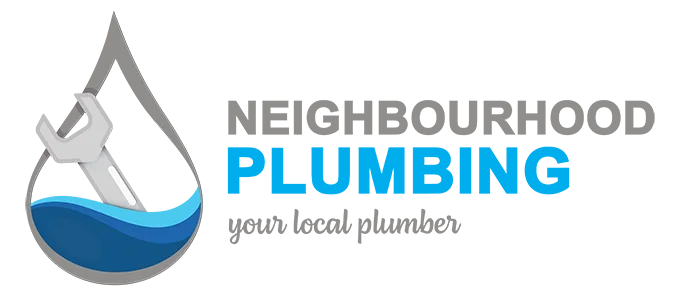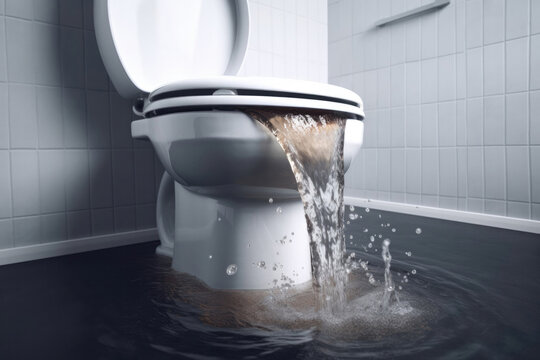
Imagine waking up and getting ready to do your morning ritual, only to find out that your toilet is overflowing.
Pretty frustrating, right?
Lucky for you, this article will go over several practical DIY methods you can try to fix a blocked toilet.
But before we get to that, let’s explore some of the problems that cause your toilet to leak in the first place.
Table of Contents
Causes of a Blocked Toilet
Does it feel like your toilet is slow to fill after flushing? Or maybe the water level in the bowl seems higher than usual?
If you said yes to any of these questions, then you’ve got the signs of a blocked toilet.
While it seems like a minor inconvenience, a clogged toilet can lead to bigger leaks that require toilet repairs from professional plumbers.
So, what exactly causes it? Here are some of the most common reasons:
1. Flushing Inappropriate Items
Toilets are designed to handle waste and toilet paper, not much else. More often than not, flushing the following items can cause clogs:
- Baby wipes (even those labelled “flushable”)
- Feminine hygiene products
- Cotton swabs
- Dental floss
- Hair
- Diapers
- Paper towels
- Sanitary napkins
- Small toys or other objects
2. Clogged Drain Line
Over time, pipes can accumulate waste, grease, and other debris, causing blockages even with proper flushing habits.
If you live in an older house with clay sewer lines, tree roots that infiltrate your pipes can also lead to the clogging issue.
3. Damaged Toilet
In some cases, the toilet itself could be the problem.
A broken or faulty flapper (the seal in the tank) or a clogged syphon (the curved trap beneath the bowl) can hinder proper flushing and lead to blockages.
How to Unblock a Toilet
Looking for ways on how to unclog a toilet fast? This section will cover everything you need to know.
Before you dive deeper, however, it’s a good idea to understand how a toilet works first.
1. Use a Plunger
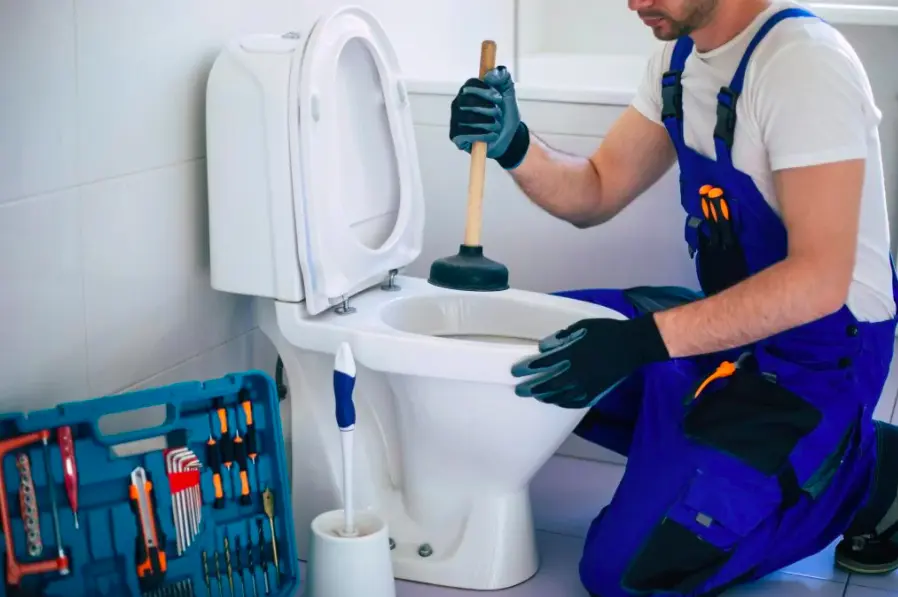
The simplest solution is often the best one. In this case, using a plumber is proven time and time again to be one of fastest and easiest fixes to unblock a toilet.
Before you proceed, make sure there’s enough water in the bowl.
If it’s empty, add enough water until the rubber cup of the plunger is covered. This step is crucial to create suction.
Place your plunger above the drain hole, then apply gentle yet firm pressure – you want to dislodge the clog, not damage the toilet.
Make several plunges with forceful presses, followed by quick releases. Repeat this for 4 to 6 times until you hear a “pop” sound.
When you do, flush the toilet to see whether the issue has been solved. If it’s not, try our second solution.
2. Create a Hook From a Wire Hanger
If you don’t have a plunger, using a wire hanger can be a temporary solution.
Simply grab a needle-nose plier from your toolbox and use it to unwind the hanger. Then, straighten it out as hard as you can.
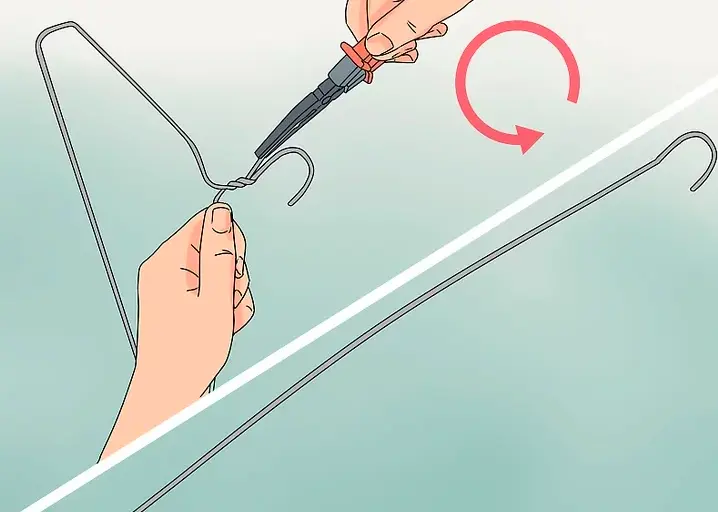
Source: Wikihow
Slowly insert the hanger’s hook into the toilet drain, and rotate it to remove any obstacles.
3. Try a Toilet Auger
If you find the previous method too complex, buy yourself a toilet auger.
Also known as a drain snake, it’s a long, flexible metal cable with a corkscrew-shaped tip. A toilet auger is highly effective for penetrating deep clogs within the toilet drain or even further down the main sewer line.
Perform the exact steps like you would when using a modified coat hanger until you feel resistance.
When that happens, chances are, you’ve reached the blockage. Rotate the handle while slowly pulling the auger back out of the toilet.
If this approach is successful, you should find the clog debris hooked to the auger.
4. Pour Baking Soda and Vinegar
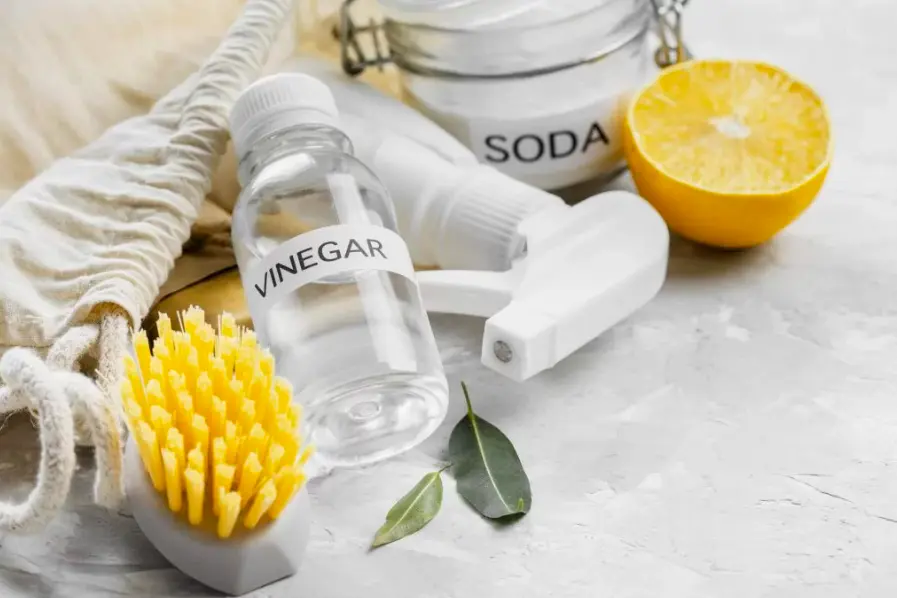
As an expert in the plumbing industry, we’ve seen this eco-friendly solution works to a great extent.
Here’s what you need to prepare:
- A cup of baking soda
- Two cups of white vinegar
- A pot of hot (not boiling) water
Once you’ve got all the necessary supplies, slowly pour the baking soda and vinegar into your toilet.
Allow them to sit for at least 30 minutes. You can also wait overnight when dealing with stubborn clogs.
After that, try flushing your toilet. If the clog persists, repeat the process or try another solution, such as pouring hot water.
By doing so, the heat can help melt or loosen minor blockages. However, proceed with caution, as boiling water could crack a porcelain bowl.
5. Use Chemical Liquid
When the organic solution doesn’t work, consider using a chemical drain cleaner. You can find this stuff in your local supermarket.
That said, a drain cleaner is mostly effective for clogs caused by organic material like soap scum or grease.
Before proceeding, make sure to read the instructions carefully for safe use. If possible, open your bathroom’s window to ensure proper ventilation.
Also, avoid using chemical liquid excessively, as it can damage your pipes.
6. Call a Professional Plumber
Once you’ve tried all the DIY methods and the clog still persists, then you need the help of a professional plumber.
If you live in Melbourne, look no further than Neighbourhood Plumbing. Serving over 2,589 happy customers throughout the years, we know exactly what it takes to unblock a badly blocked toilet.
We’re currently available 24/7, so in case an emergency arises at midnight, you’re one call away from help.
Plus, we charge by job and not by hour. We’ll fix your blocked toilet and get it back to work, no matter how long it takes.
Interested in our plumbing service? Reach out to our team via email or phone, and we’ll be on our way.
How to Prevent Future Toilet Blockage
People say that prevention is better than cure, and toilet blockage is no exception.
If you don’t want to deal with a clogged toilet ever again, avoid flushing items other than toilet papers, especially oily or fatty substances.
Install a drain cover to catch hair and other debris before they can enter the plumbing system. It’s also a great idea to keep a small wastebasket near the toilet for disposing of anything that shouldn’t be flushed.
More importantly, get yourself a toilet auger and clean your toilet regularly to remove any materials that can lead to blockages.
Whenever you notice leaks, unusual sounds, or slow drainage, call a professional plumber immediately to prevent them from worsening.
Conclusion
Toilet blockage is frustrating, especially when you feel that a bowel movement can explode at any time.
Luckily, there are simple methods you can try to fix it.
Using a plunger is the easiest and fastest way to unclog a toilet. It creates suction that helps you get rid of waste and debris inside your bowl. You can also use a hooked wire hanger or a toilet auger to take out any clog materials manually.
Don’t want to get your hands dirty? Then pouring a mixture of baking soda and vinegar might just do the trick.
That said, DIY methods can only take you so far. When dealing with bigger leaks or damages, consulting with a professional like Neighbourhood Plumbing is the right thing to do.
Whether it’s a deep-seated clog, hidden leaks, or faulty connections, we got the right solutions!
Contact us today at 0488 885 122 and we’ll be right at your front door in no time.
About the Author
From unclogging the toughest drains to repairing leaking toilets, Ricky is a seasoned plumber who has brought his craftmanship to homes across Melbourne. He is as passionate about sharing plumbing tips just as much as he is about fixing your plumbing issues. So, when your taps or pipes begin leaking, you know who to call.
